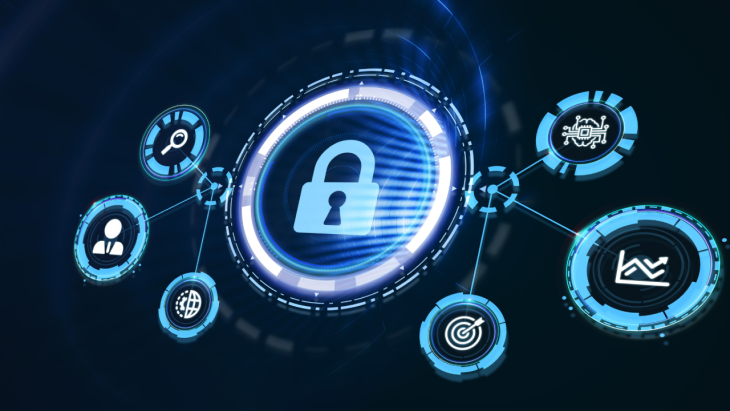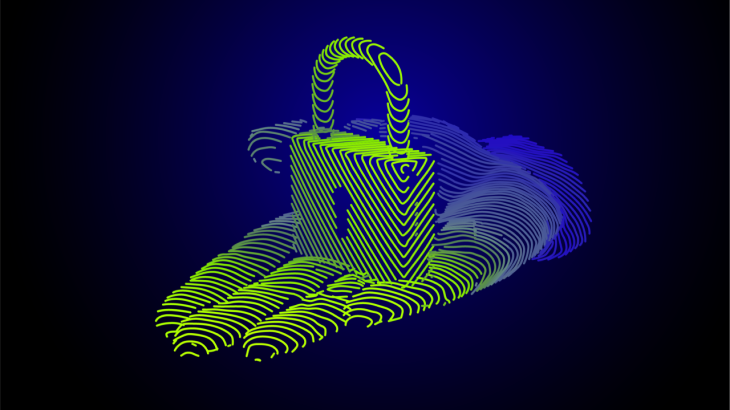
Stopping Attacks Before They Start: The Kron PAM Approach to Remote Access Security
Remote work isn’t “new”—but the way attackers get in keeps evolving. The latest numbers show that weaknesses in remote access (VPN appliances, exposed RDP, stolen credentials) continue to be among the most reliable paths to compromise.
· Exploitation of vulnerabilities as initial access surged. Verizon’s 2024 DBIR observed a ~180% year-over-year increase in breaches where initial access came from vulnerability exploitation; 14% of all breaches started this way—nearly triple the prior year.
· Ransomware pressure intensified. In the 2025 DBIR, 75% of “system intrusion” breaches were linked to ransomware activity—meaning once an attacker lands inside, encryption/extortion is a frequent outcome.
· VPN appliances remained high-value targets. Palo Alto PAN-OS GlobalProtect (CVE-2024-3400) was actively exploited for unauthenticated code execution on firewalls. Ivanti Connect Secure (CVE-2025-22457) saw in-the-wild exploitation in early 2025. Fortinet FortiOS SSL-VPN vulnerabilities continued to be leveraged and even chained for persistence into 2025.
Internet-facing VPN/RDP and stolen credentials remain among the easiest ways in. A safer pattern is VPN-less, brokered, just-in-time, identity-driven access with deep session controls and no direct network reachability.
How Kron PAM Flips the Remote-Access Model
Kron PAM’s Secure Remote Access takes a VPN-less, browser-based approach that removes the need to install clients on user devices and avoids directly exposing target systems to the internet. Instead of placing users “on the network,” Kron PAM brokers each session through a privileged session gateway, enforcing identity, policy, and audit at the application/protocol layer
Here’s how that directly addresses today’s attack patterns:
· Eliminate broad network access (reduce blast radius): Users don’t get flat network connectivity; they get per-session, per-resource access via the gateway, closing the door on lateral movement that commonly follows VPN compromises.
· Agentless, browser-based access for employees and third parties: Because sessions run through HTML5 in the browser, no client install is required on contractor/BYOD endpoints—shrinking the endpoint risk and speeding vendor onboarding.
· Just-in-Time (JIT) authorization with workflow: Kron approves access only when needed, for the minimum time and scope, and can tie that to ticket numbers or approvals—cutting the value of stolen credentials and reducing standing privileges.
· Credential security by default: With Kron Password Vault, users never see shared secrets; credentials are rotated and injected at session start, and Application-to-Application tokens replace hard-coded passwords in tools and CI/CD.
· Protocol-level control and full auditability: The Privileged Session Manager mediates RDP/SSH/HTTP(S) and more—records sessions like a DVR, applies real-time command/keystroke controls, and produces indisputable audit trails for regulators and incident response.
Why This Approach Stops Ransomware Earlier
Most modern ransomware campaigns begin with exploited remote access or valid-but-abused credentials. By removing network-level access, hiding credentials, and time-boxing privileges, Kron PAM makes typical ransomware playbooks (utility staging, lateral movement, data theft) far harder—often forcing an attacker to defeat multiple independent controls in real time. That’s exactly what today’s data suggests organizations need.
Conclusion
In 2025, the safest remote access is not a network tunnel—it’s a controlled, auditable, identity-first session that never exposes your environment directly. Kron PAM’s Secure Remote Access was built for this reality: VPN-less, browser-based, JIT, and fully recorded, with strong credential hygiene and data-layer guardrails.
If you’re ready to reduce your remote-access risk while making your administrators and vendors faster—not slower—Kron PAM delivers the controls, visibility, and speed to get there.
Highlights
Other Blogs

















